
Unraveling USB Varieties: A Deep Dive Into Their Types and Purposes

Unraveling USB Varieties: A Deep Dive Into Their Types and Purposes
Quick Links
- USB-A
- USB-B
- Micro-USB
- Mini-USB
- USB-C
- Lightning
- Consider Data Transfer Speed
- Power Delivery Will Vary
- Future-Proof With Video Delivery
- How to Know If You’re Using a Safe USB Cable
USB, short for Universal Serial Bus, is a common type of computer port that makes it easy to charge a device or transfer data between two devices. Since it was first developed in the 90s, USB has continued to evolve alongside technology, progressively becoming smaller, faster, and more powerful. With so many devices that use USB, it’s easy to get confused by the different connectors. But fear not—we’re going to demystify all of that today.
When it comes to USB, there are really only four things that matter: form factor, transfer speeds, power delivery, and video delivery. There are multiple types of USB that have popped up over the years, each with a unique design and use case. The most common types are USB-A, Micro-USB, and USB-C, but we’ll briefly discuss all of the form factors before getting into the other aspects of USB.
USB-A
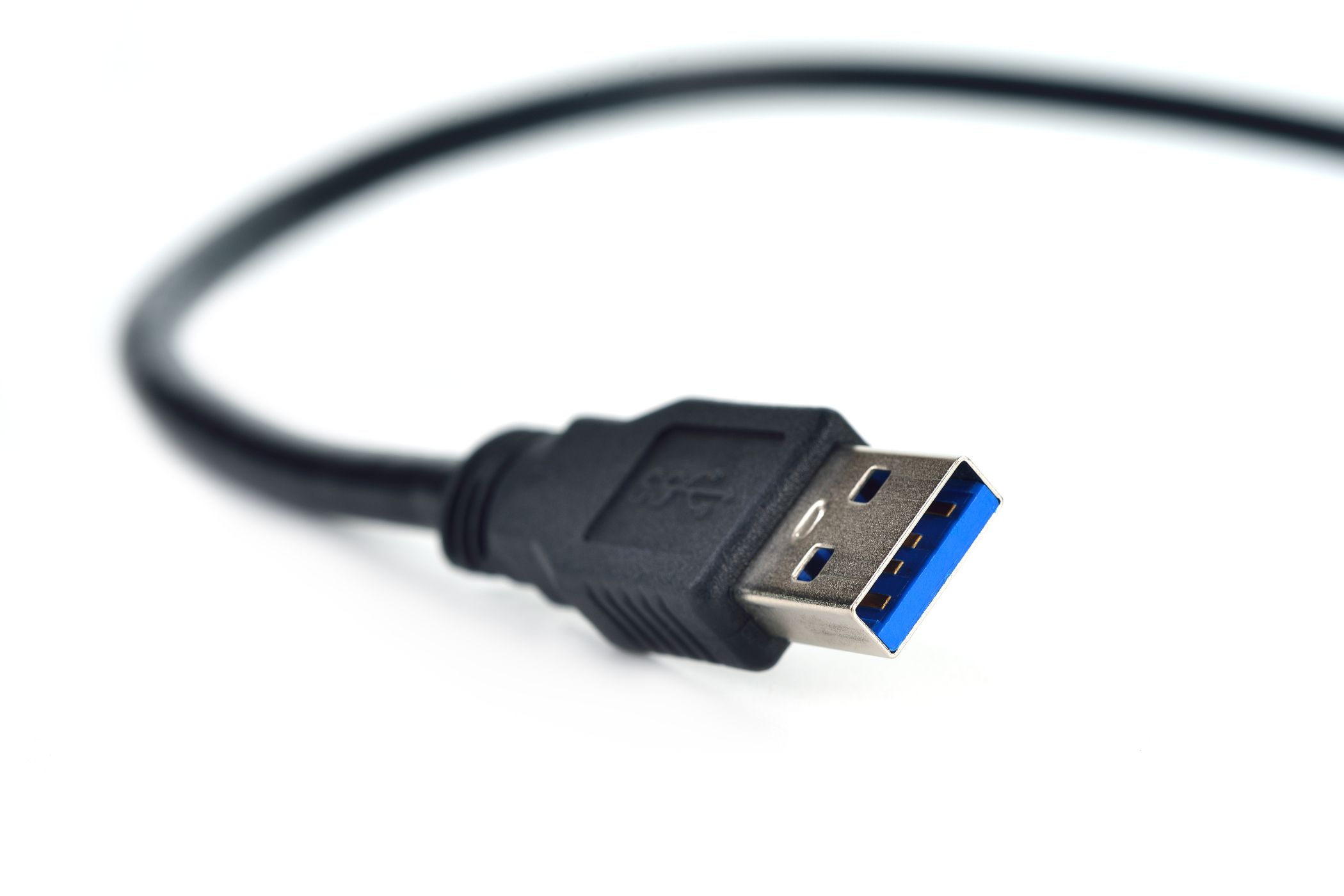
USB-A , or USB Type A, is the original flat and rectangular connector that no one could ever figure out how to plug in correctly the first time. These cables always have USB-A on one end with a different port type on the other, and can be used for device charging and data transfer. USB-A is still widely used and can be found on devices like computers, gaming consoles, TVs, and all kinds of peripherals.
USB-B
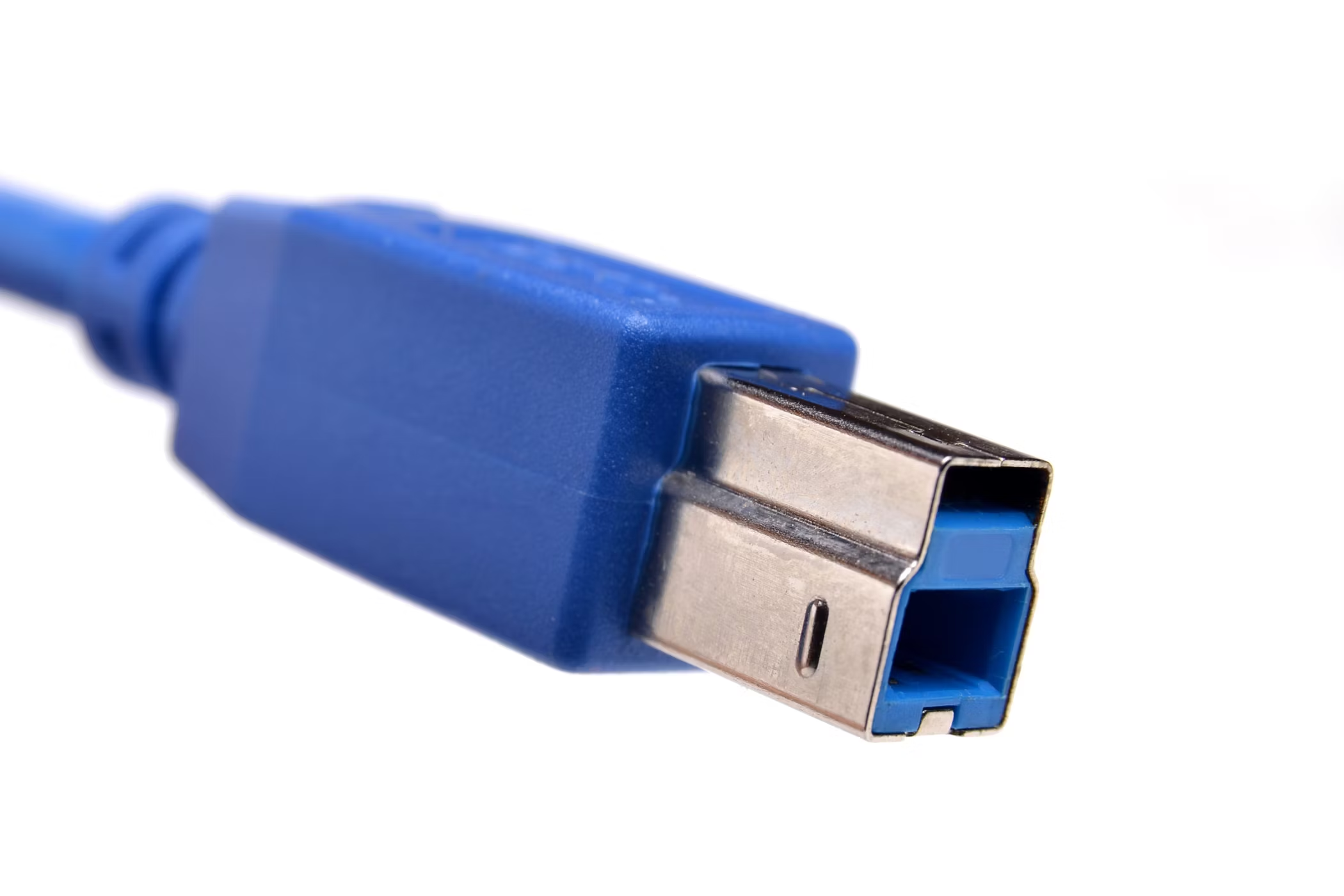
USB-B is pretty much only used on large devices, like scanners or printers. Visually, this connector looks almost square. Most of these are USB-B to USB-A cables, though some newer devices have moved on from USB-B to smaller options, like Micro-USB or Mini-USB.
Micro-USB
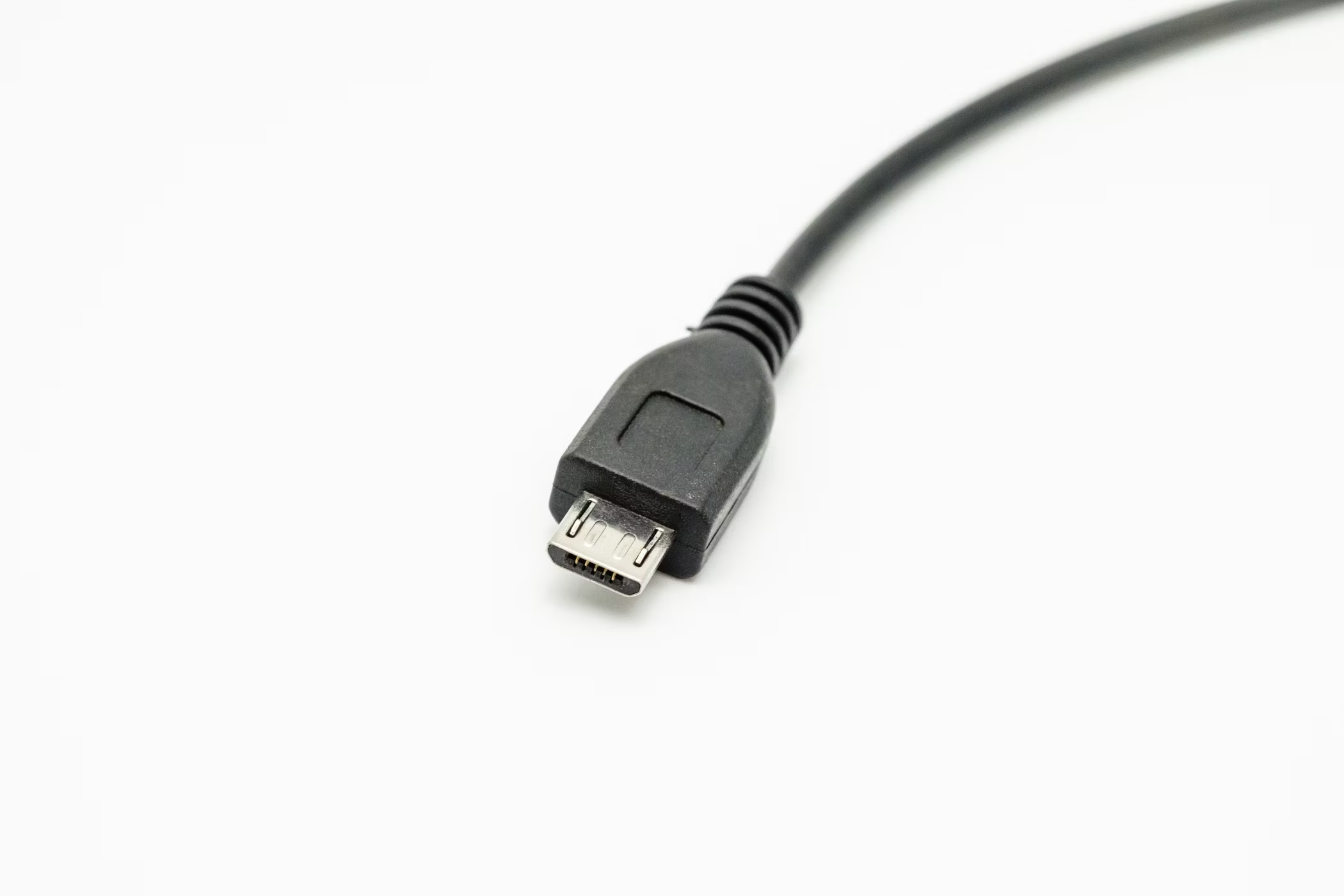
Micro-USB was the standard a while back for certain portable devices, like Android tablets and smartphones because it can transfer data and provide charge. It comes in both Type-A Micro and Type-B Micro flavors, and is smaller than USB-A. Some manufacturers still opt for using Micro-USB parts for their devices, as they’re less costly than those for USB-C.
Mini-USB
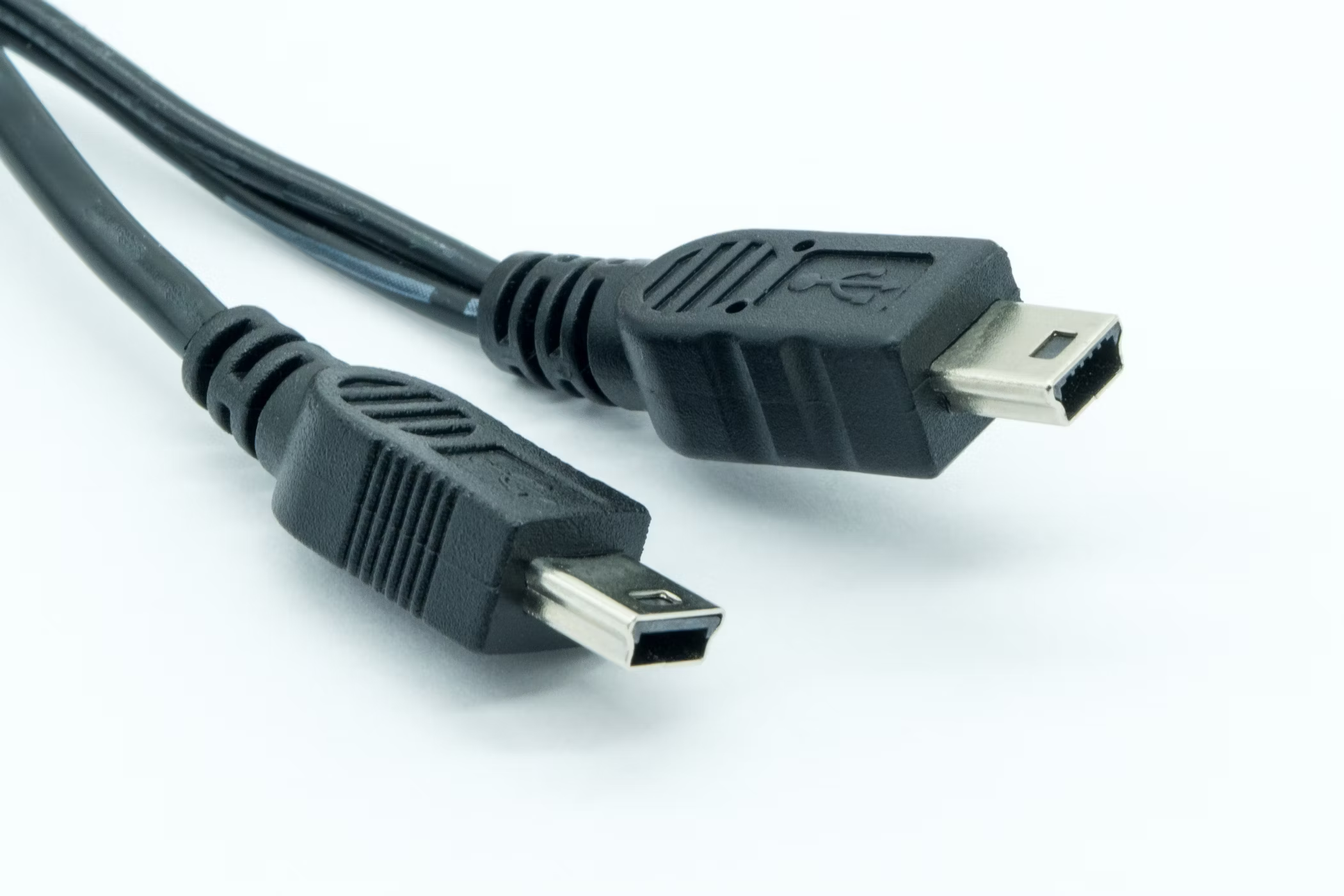
As its name suggests, Mini-USB is a smaller version of USB-B. It was the standard for charging or transferring data from devices like tablets before Micro-USB was. There are also Type-A and Type-B versions of this connector. It’s uncommon to see many products using Mini-USB today, though you can still find them on older electronics like MP3 players or the PlayStation 3 controller.
USB-C
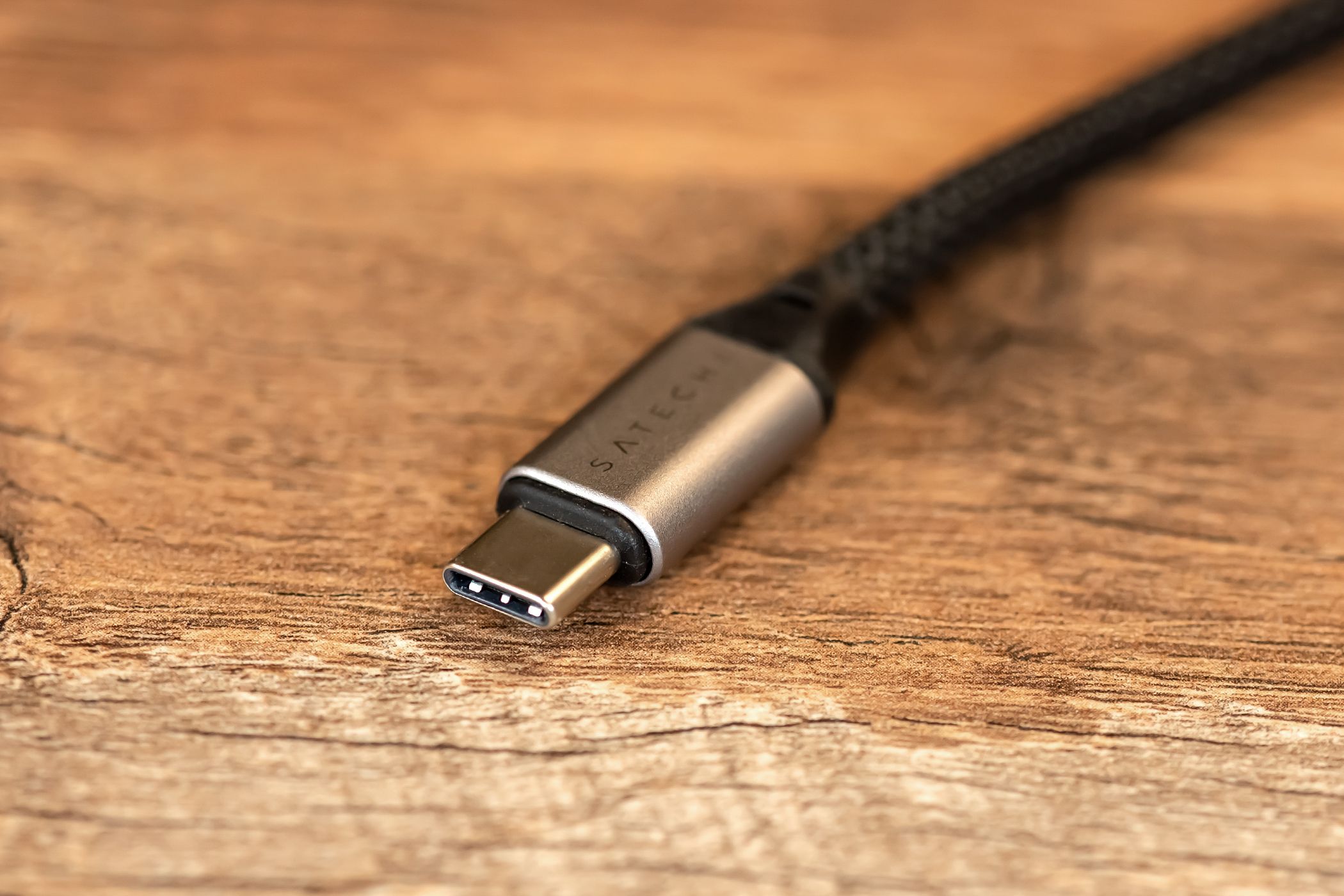
Sergio Rodriguez / How-To Geek
This is the current standard, and it marries power and data delivery with display connectivity. USB-C is what you’ll see on most new devices like smartphones, game controllers, earbud cases, microphones , and laptops. Its form factor is small, oblong, and reversible, so it can be plugged in either way (take that, USB-A). The port’s 100-watt connection makes it perfectly suited for fast charging and data transfers, even with larger devices.
USB-C can do more than other USB types can, and get it done faster. USB-C has the potential to replace all other cables, thanks to its diverse multi-tasking abilities. It has the ability to power even the most power-hungry devices, like laptops and TVs. It can also transfer 40 gigabits of data per second (Gbps), and can be used to deliver 5K video to external monitors .
As manufacturers continue to release new products with ports other than USB-C (looking at you, Apple), we aren’t yet able to live in a single-cable society. But we’re getting there, and we may eventually be freed from the burden of lugging around multiple cords.
Lightning
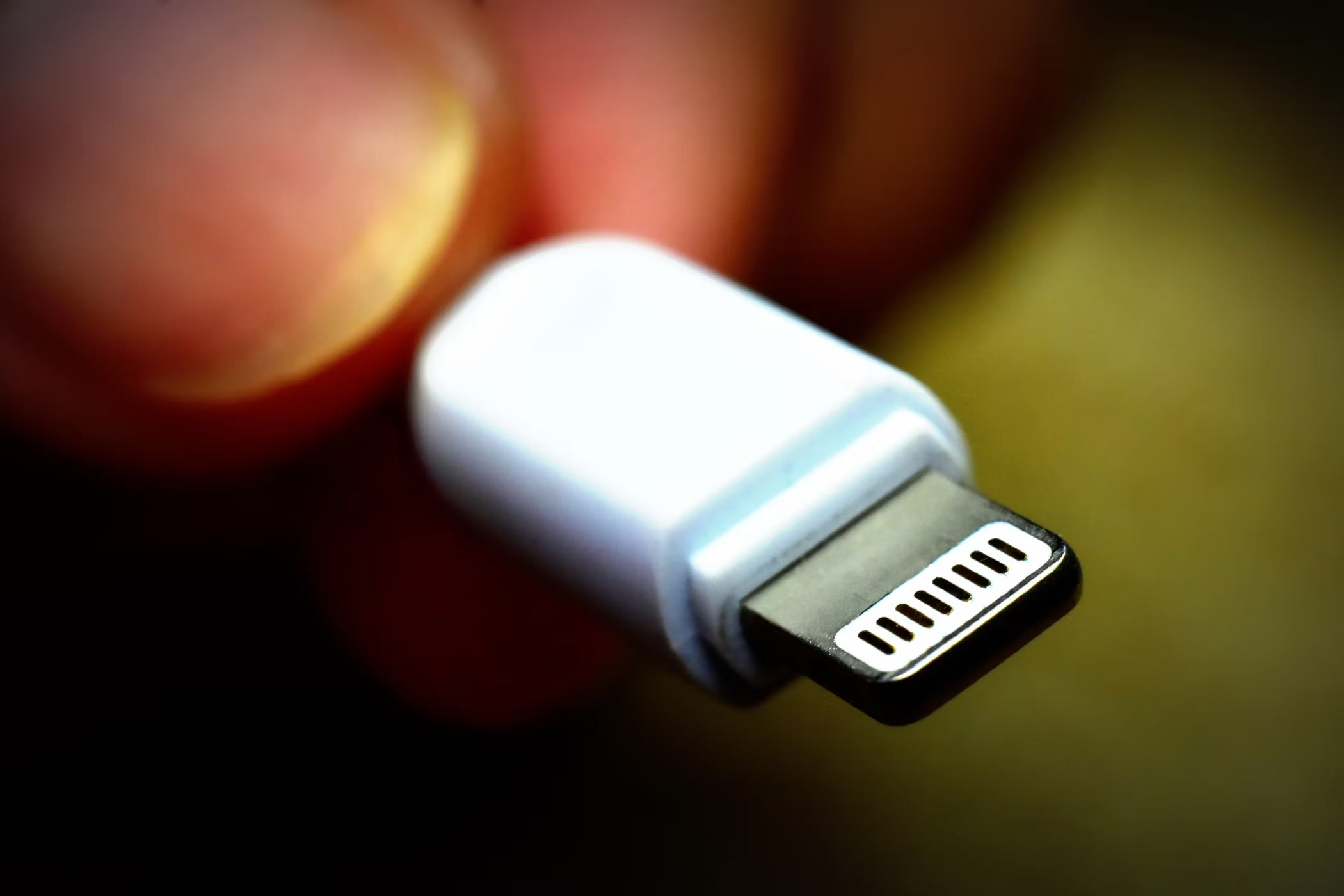
Technically, Lightning is not USB, but rather Apple’s proprietary connector type that works similarly to USB. You can see it on Apple’s devices, like the iPad and iPhone. It’s similar to USB-C in that it is reversible. It supports speeds similar to USB 3.0.
However, going forward you’ll see Lightning less and less, as Apple gave up using it in 2022 thanks to regulatory pressure from the EU. The iPhone 15 and newer now use USB-C instead . While you can still buy certain Apple products that use Lightning, you won’t see it on any of Apple’s latest gear.
Consider Data Transfer Speed
In addition to coming in a variety of shapes and sizes, USB types also have multiple speed standards. Keep in mind that some USB cables are data transfer only, and others are power delivery only, but also that there are options that can handle both tasks. Be sure to verify a cable’s abilities before purchasing it.
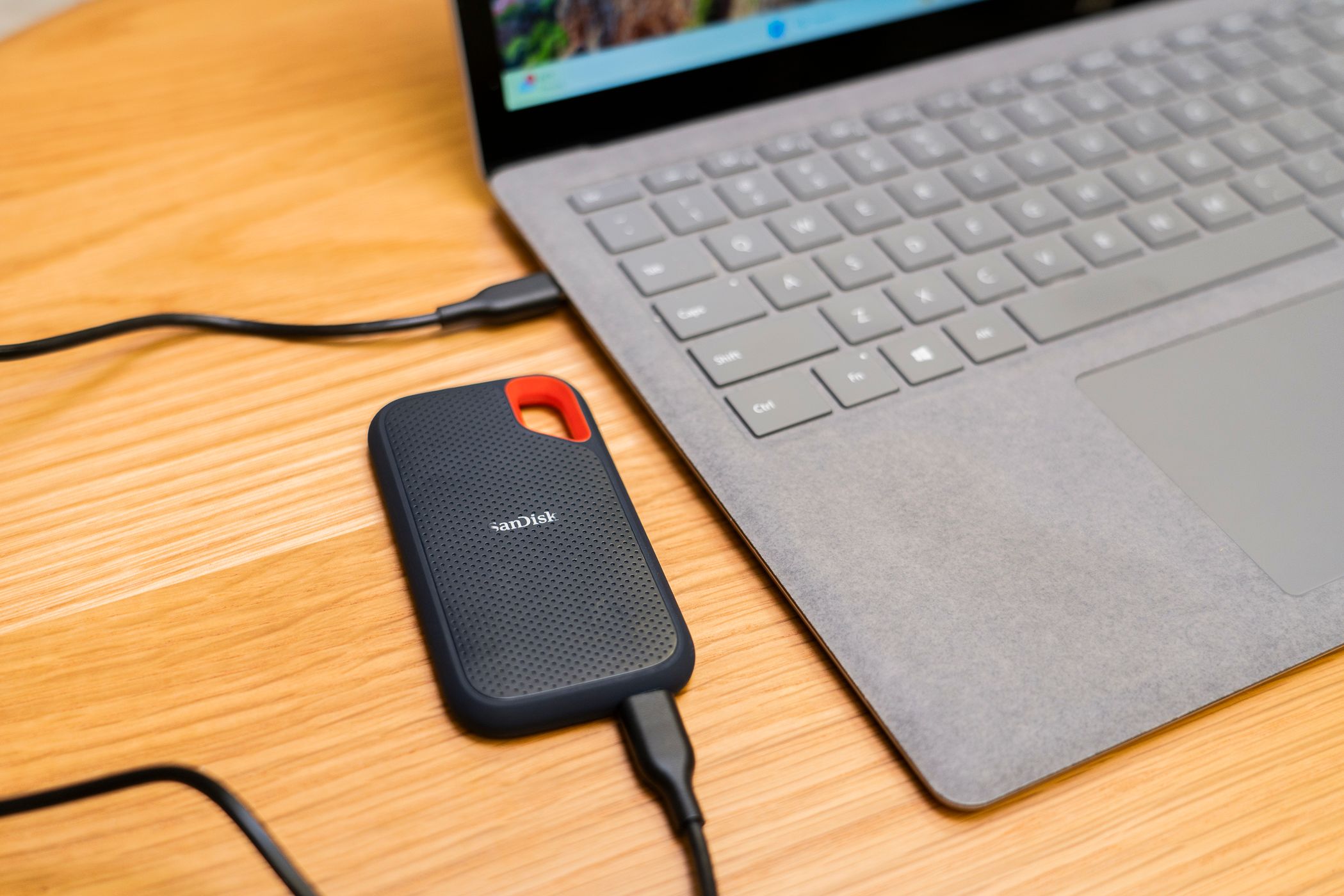
Jerome Thomas / How-To Geek
The first, USB 1.x , is old and incredibly slow, and can only move 1.5 Mbps. Your odds of finding a device in the wild still on 1.0 are slim to none. The slightly less old (and comfortably slow) USB 2.0, however, is still relatively common. 2.0 has a full-speed option that can handle 12 Mbps, and a high-speed version that can handle 480 Mbps. That’s plenty for a lot of peripherals you probably use with your computer, which is why many PCs still come with USB 2.0 ports . In comparison, SuperSpeed USB 3.x can transfer data between 5 to 20 Gbps.
The latest entries, USB 4.0, Thunderbolt 3, and Thunderbolt 4 , are where you’ll find the highest data transfer speeds: a maximum capable throughput of 40 Gbps. Thunderbolt is another transfer speed standard used in some USB-C cables—all Thunderbolt 3 and 4 cables are USB-C, but not all USB-C cables are Thunderbolt . So if Thunderbolt is what you’re after, you’ll need to make sure that’s part of the cable you’re buying.
These super-high transfer rates are impressive, but they don’t matter much if you aren’t regularly transferring hundreds of GB of data or doing something wild like editing video on an external hard drive . If you are, however, you’ll want at least Thunderbolt 3.
Power Delivery Will Vary
As we mentioned above, some USB cables are only capable of delivering power or transferring data, though most can do both. PD (power delivery) standards fall into one of three main categories: power only, slow charge, and fast charge.
USB 2.0 supports 2.5W charging and USB 3.0 supports 4.5W charging. To put things in perspective, 10W is enough power to slow charge your phone, and 18W is enough to fast charge your smartphone or power a Netbook or similar bare-bones laptops.
In contrast, USB PD can handle up to 100W, which is powerful enough to power things like a MacBook Pro, monitors, docking stations, and most TVs. It can also fast-charge smaller compatible devices like your phone or Nintendo Switch. PD also only provides the necessary charge to your device but won’t overcharge it. Newer battery banks are starting to support USB PD, which are more capable of keeping your power-hungry devices powered and fully charged.
Future-Proof With Video Delivery
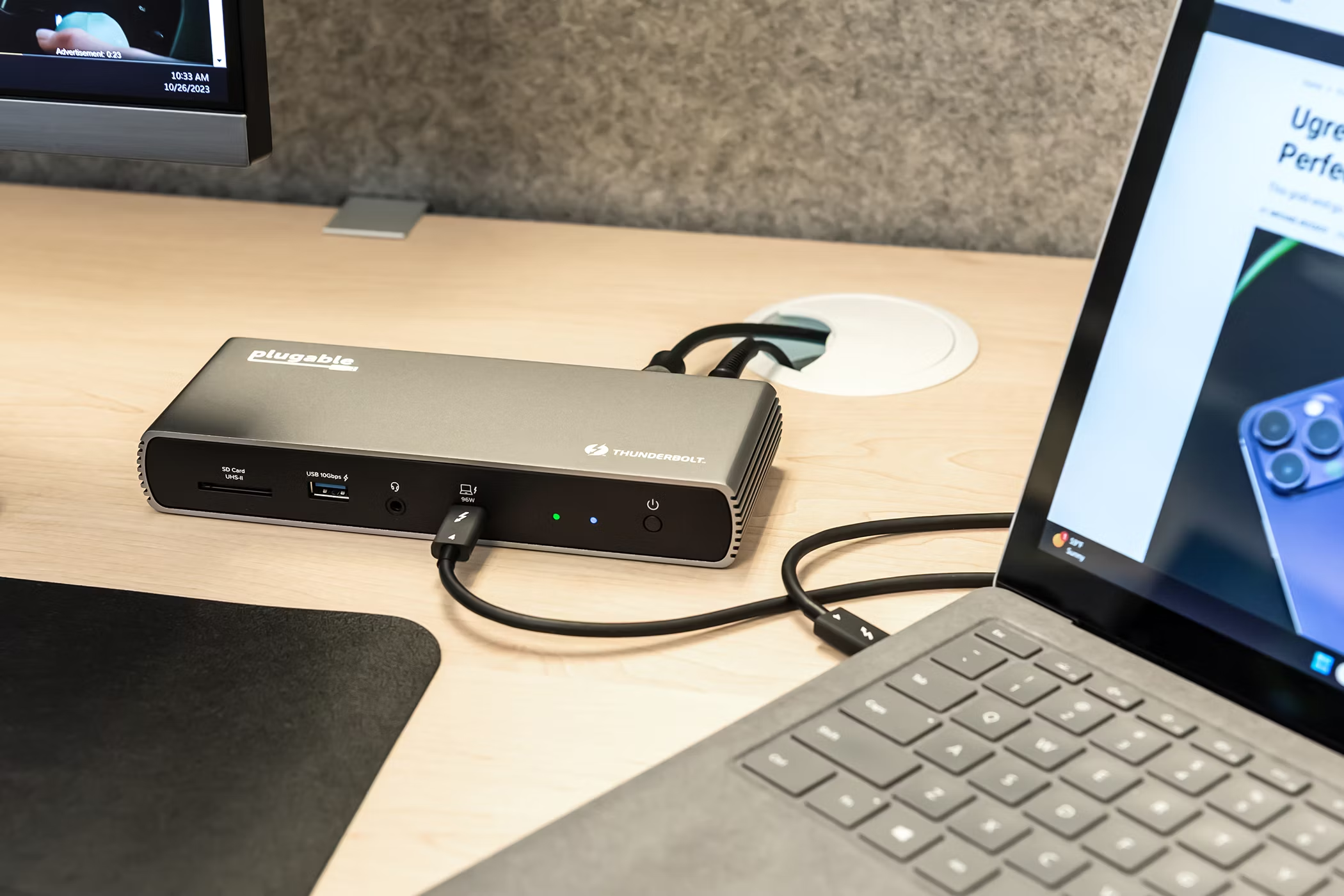
Sergio Rodriguez / How-To Geek
Being able to transfer data and power a device is already impressive. But you can also choose to use USB-C to connect to monitors in place of a bulky HDMI or VGA cable. USB-C also has support for 4K video delivery to a screen. Thunderbolt 4 cables can handle displaying 4K content on two monitors at a time, or 8K on a single monitor. Again, this isn’t going to be the use case for most people, but as 4K and 8K video becomes more commonplace, you’ll eventually need a cable that can keep up.
How to Know If You’re Using a Safe USB Cable
The rule of thumb is that you should always use the cable that came with your device and that you should buy any replacements from the manufacturer as well. That cable is specifically engineered to be used with your phone, tablet, or computer.
However, if you want to purchase one from a third party, be sure to stick with trusted established brands like Anker, Aukey, or Belkin, or at least look to see if a different brand lists the cable’s USB certification . Otherwise, you could end up with an inferior cable that lacks official USB-IF certification and could potentially damage your device.
Also read:
- [Updated] 2024 Approved AE Text Preset Collection The Best of Both Worlds
- [Updated] In 2024, The Future Is Now Leveraging 10 Innovative IGTV Strategies to Elevate Your Brand
- A Week with an Ergo-Split Keyboard: How One Change Ruined My Tech Habits - Insights
- Discover Why Samsung's Latest Copilot+ Notebook Is a Top Choice for Budget-Friendly Windows Upgrades – Insights Review
- Effective Solutions When Your Yahoo Mail Isn't Getting New Messages
- Elevate Writing Workflow with 8 Advanced AI Tools
- Exclusive Deal: Save $200 on Apple's Newest M3 MacBook Pro at Amazon's Spectacular Spring Clearance - Insights
- How to Unlock Vivo Y17s Phone Password Without Factory Reset?
- In 2024, About Honor X9b FRP Bypass
- LG's Revolutionary Gram Pro Outshines Apple's MacBook Air Across Three Key Aspects: A Deep Dive - TechReview
- Maximize Savings During Amazon's Prime Day 2023: Exclusive Access to October's Greatest Deals Available Now | ZDNet News
- Snag the HP Victus 15 Gaming Notebook at an Unbeatable Price of Just $515 During Best Buy's Prime Day Event - Exclusive Offer From ZDNet!
- Solving the Issue: Why Does My Overwatch 2 Continuously Crash on PC?
- Top Prime Day Video Game Discounts of October 2024 - Exclusive Sneak Peek on ZDNet
- Ultimate Guide: Connecting & Reflecting Your Mac Display Onto the TV
- Ultimate Software Guide for Tempo Alteration for 2024
- Unlock Exclusive Savings: Score a Complimentary MacBook Air M3 From Best Buy with This Clever Hack | ZDNet
- Title: Unraveling USB Varieties: A Deep Dive Into Their Types and Purposes
- Author: Richard
- Created at : 2024-11-29 21:25:03
- Updated at : 2024-12-06 17:39:12
- Link: https://hardware-updates.techidaily.com/unraveling-usb-varieties-a-deep-dive-into-their-types-and-purposes/
- License: This work is licensed under CC BY-NC-SA 4.0.